
17,99 €
Versandfertig in über 4 Wochen
Broschiertes Buch
25. Oktober 2024
Amazon Digital Services LLC - Kdp

Broschiertes Buch
A Soft Computing Approach
Aufl.
9. Juli 2012
AV Akademikerverlag
Ähnliche Artikel

16,99 €
Versandfertig in über 4 Wochen
Broschiertes Buch
Tales and legends of the cosmos
21. Oktober 2020
Amazon Digital Services LLC - Kdp
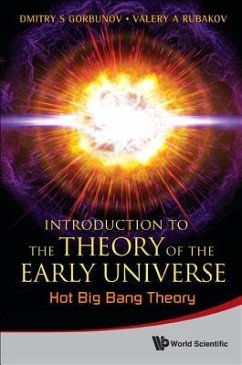
Broschiertes Buch
30. April 2012
Imperial College Press

18,99 €
Versandfertig in über 4 Wochen
Broschiertes Buch
Deeper into the Mysteries
15. Juni 2021
Amazon Digital Services LLC - Kdp
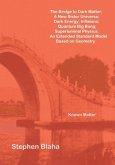
Broschiertes Buch
11. Juni 2013
Touchladybirdlucky Studios

10,99 €
Versandfertig in über 4 Wochen
Broschiertes Buch
18. Juli 2018
Independently Published

9,99 €
Versandfertig in über 4 Wochen
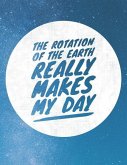
11,99 €
Versandfertig in über 4 Wochen
Broschiertes Buch
8.5x11 Large Graph Notebook with Floral Margins for Adult Coloring
19. März 2019
Amazon Digital Services LLC - Kdp
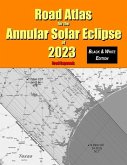
20,99 €
Versandfertig in über 4 Wochen
Broschiertes Buch
6. Juli 2018
Touchladybirdlucky Studios
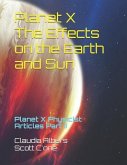
Broschiertes Buch
20. August 2018
Independently Published
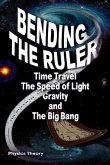
20,99 €
Versandfertig in über 4 Wochen
Broschiertes Buch
Time Travel, The Speed of Light, Gravity, and The Big Bang
16. Februar 2023
Amazon Digital Services LLC - Kdp
Ähnlichkeitssuche: Fact®Finder von OMIKRON
